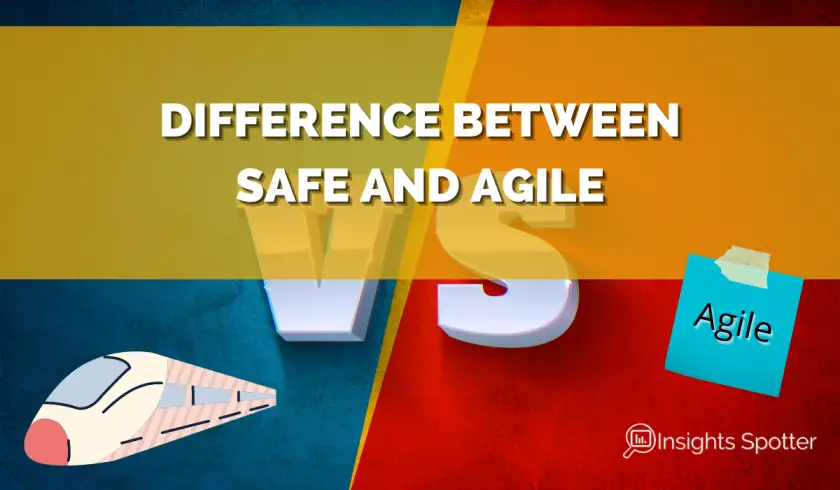What Is the Difference Between SAFe and Agile?
Choosing a framework and methodology that suits your business or organisation depends on team size, problem complexity, organisation type, etc. While many often go for popular choices like Scaled Agile Framework (SAFeⓇ) and Agile, understanding their differences can determine their success.
SAFe scales to the enterprise with applications and structured guidance best suited for larger organisations. In contrast, Agile frameworks are designed for smaller teams with ten or fewer members. Still, both SAFe and Agile frameworks implement Agile practices, aiming toward high-quality products.
Learn more about the difference between SAFe and Agile frameworks, including their benefits, levels, and iterations, as well as the roles and responsibilities enclosed in each framework.
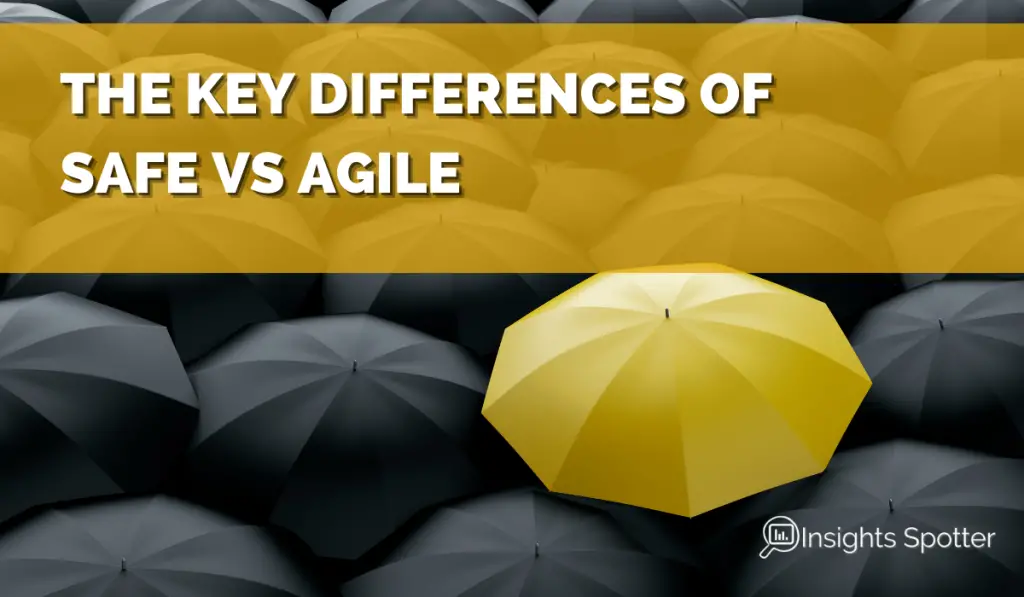
The Key Differences of SAFe vs Agile
It’s easy to confuse SAFe and Agile, even more so if you toss Scrum into the equation. This is because Agile is considered the foundation of both Scrum and SAFe.
Nonetheless, the confusion can be scratched once you understand how the agile methodology was designed and evolved for specific business needs.
SAFe and Agile: Differentiating Features
| Features | SAFeⓇ | Agile |
|---|---|---|
| Application | Scales to enterprise | Scales between teams |
| Team Size | Large organizations (100+ members and multiple departments) | Small teams (10 or fewer members) |
| Strategy | Decentralised iterative development | Centralised iterative methods organized in sprints |
| Planning | Done during Program Increment (PI) | Incremental and iterative; performed before every sprint |
| Core Values | Focuses on alignment, built-in-quality, program execution, and transparency | Follows the Agile Manifesto and 12 Agile principles |
| Roles Involved | Program manager, business owner, solution architect, release train engineer owner | Team leader, member, and product |
The Agile methodology ensures project development goes efficient, smooth, and effective based on a set of principles, values, and practices that reinforce streamlined processes, self-organisation, monitoring, and guided evaluation.
Historically, the Agile workflow patterns were adopted to more structured approaches applicable to daily applications such as Scrum. And although Scrum was used effectively for small and mid-sized teams, the scaling applications do not match the enterprise needs.
As a result, SAFe was developed. For software enterprises and large organisations, SAFe employs stages such as DevOps, deployment, A/B testing, and releasing, following a more spread-out approach that steers away from the centralised nature of Scrum and basic Agile.
With the difference between SAFe and Agile defined, here are the best case scenarios you can use to choose the proper framework for your team.
SAFe: Best for managing enterprise-level applications and processes, meeting the needs of the organisation and its stakeholders
Agile: Ideal for small teams and organisations aiming to improve team performance, project versatility, customer satisfaction, and implementation of new features
Employing the Agile methodology requires more than just comprehension of its different applications. Project managers need to have the right skills, strategies, and general qualities to lead any team to its goals. For that reason, obtaining a project management certification[1] will not only increase your career value but ensure your competence in the field.

What Is SAFe?
SAFe is a scaled version of the Agile framework intended for software enterprises with about 100 employees or more and having multiple teams. However, over the years, SAFe has become highly configurable that even with organisations of 50 employees, you can still apply its methodologies and get the best results.
Scaled agile was designed to ensure that companies develop better software and systems by paving the way to business agility within the premise of an enterprise. While Agile is suited for a small team, SAFe is employed to apply technology-based solutions to all the departments, including operations, manufacturing, finance, marketing, sales, legal, and business development.
The Benefits of SAFe
SAFe holds a set of ups and downs. For example, there is a learning curve that project managers who lack sufficient background struggle with. As a result, companies need to invest and hire highly trained individuals for project management, which comes with a price.
The annual salaries of Agilists ranged from $110,000 to $141,000. Plus, business organisations have to cover several costs for company adjustments.
Nevertheless, despite the investment fees, companies adopt the application of SAFe due to its proven advantages. For example, 60% of companies have increased profits after implementing SAFe in their operations and departmental functions.

1. Team alignment is directed toward a common value in SAFe.
Instead of focusing on their departmental objectives, SAFe stirs all company areas to specific goals, missions, and vision. It puts all stakeholders on the same page allowing better internal and external relationships.
2. SAFe Allows visibility across the enterprise
Individual work becomes more valued and monitored without micromanagement as team leaders can depend on Agile lifecycle management solutions where the workflow can be visualised through Kanban teams. Likewise, backlogs and areas requiring improvement can be spotted easily within the iterations.
3. SAFe Promotes collaboration and cross-functional coordination
With each team or department working closely, cross-functional coordination and collaboration become inevitable. This promotes harmony among Agile team members across the enterprise to establish better links with colleagues outside their field.

4. Faster product release and delivery in SAFe
Providing the bigger picture and highlighting the value as a common ground among Agile teams encourage faster time-to-market. This is because teams can communicate better and streamline workflow, which leads to faster decision-making.
In addition, SAFe also promotes more customer-centric operations allowing the enterprise to see the needs of their target market in a better light.
5. SAFe Facilitates productivity and product quality
SAFe has a good reputation for empowering teams allowing each member to strive for better solutions, eliminate roadblocks causing delays, prioritise tasks efficiently, and grow professionally in the long run, using measurable key performance indicators (KPIs).
In the same way, each sprint or iteration is designed with systematic evaluation parameters to ensure quality during the entire iterative process.

Four Key Team Roles in SAFe
Just like any other Agile application, SAFe also has its defined roles. However, more roles can be integrated depending on the size and level at which the company is at.
As Agile methodologies are primarily adapted in software companies, it’s not surprising that the key roles are tailored based on the needs of the industry. Nonetheless, the roles can be modified depending on the business structure.
Here are the four key team roles that serve as staple positions with particular responsibilities.
- Program Manager: This role oversees the creation of the overall software program and features. The program manager also ensures that the designs are communicated across the Agile teams.
- Solution Architect: Modifies and formulates the systems architecture and vision.
- Agile Release Train Engineer: Facilitates the smooth workflow following the best practices within the SAFe framework.
- Business Owner: The primary lead in the project. Business owners ensure that the outcome matches the company’s goals by providing the right resources for every iteration.

4 Levels of SAFe
SAFe is highly flexible, accommodating specific types of large organisations. This is evident with the four levels that a business can scale.
1. Essential SAFe
This fundamental-level encompasses the primary roles, events, mindset, and artefacts through the Agile Release Train (ART). It covers the three core competencies: team and technical agility, agile product delivery, and lean-agile leadership.
2. Large Solution SAFe
The large solution SAFe is designed for enterprises dealing with large-scale applications, cyber-physical systems, and other challenges that ART cannot address.
3. Portfolio SAFe
It may be the simplest configuration for business agility, but Portfolio SAFe ensures strategy and execution alignment. With this level, the solution is created around the value stream. It is best for companies seeking practices, roles, artefacts, and events required for portfolio configuration.
4. Full SAFe
The Full SAFe level describes a more comprehensive configuration intended for developing large-scale solutions. At this stage, more than a hundred employees are needed from program creation to maintenance.
Learn more about SAFe in my previous post: 5 DISADVANTAGES OF SCALED AGILE FRAMEWORK (SAFE)
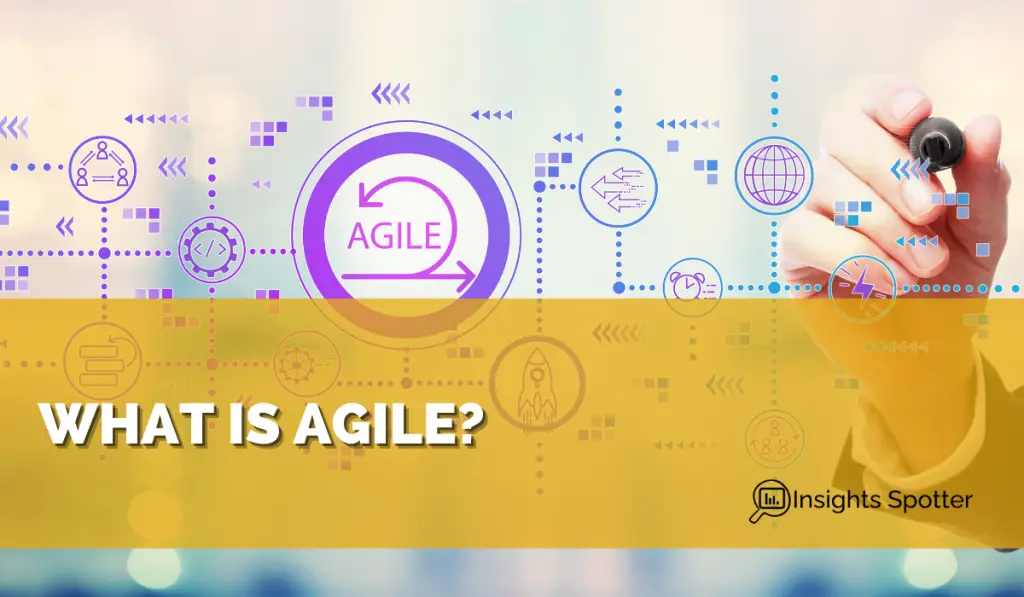
What Is Agile?
The Agile methodology allows teams to create projects and programs based on the market’s changing conditions. It encompasses values and principles which focus on people and results.
Although business agility is referred to the adaptation of the Agile framework to allow any organisation to survive, especially during the harshest periods, Agile, in general, is more widely used in software development.
For that reason, the iterative approach, as well as, the incremental formulation of Agile, is tailored toward the creation and release of software products. This is evident in the Agile Manifesto, wherein the practices and guidance revolve around the following:
- Individuals and interactions over processes and tools.
- Working software over comprehensive documentation.
- Customer collaboration over contract negotiation.
- Responding to change over following a plan.
The Benefits of Agile
The Agile methodology is a crucial foundation for other frameworks of software development workflow and operations, such as Scrum and SAFe. However, it’s designed primarily for tight-knit teams as software programs started with this setup.
As more companies engaged in software development, larger enterprises entered the game, paving the way for more comprehensive Agile approaches. Nonetheless, the same concepts remained, and the benefits of both the fundamental Agile principles and the scalable frameworks merged for larger firms.
Teams using the Agile method experience the following advantages:

1. Agile Project Transparency
A clear edge of the Agile method is its high process visibility accessed by stakeholders throughout the developmental stages.
While traditional approaches typically present the product for critique at the final stage of the development, with the Agile approach, everyone involved can track its progress from pre-planning to implementation.
2. Better Task Prioritisation In Agile
By eliminating unnecessary work and fluffy output, Agile teams gear more toward relevant tasks that significantly impact the value creation within each sprint. Team members also become more productive and accountable with the project’s high visibility.
3. Superior Development Flexibility In Agile
Teams benefit from the high development flexibility when the Agile method is implemented since the feedback loop and improved communication systems ensure those backlog alterations are not costly and tedious. With that, the Agile team can accommodate the changes in the functionalities readily without changing the sprints too much.

4. Agile Risk Reduction
The superior value for communication evident in Agile teams also paves the way for better risk reduction strategies. As the team meets weekly, alignment is ensured across all the members and stakeholders. This results in unifying ideas around a single direction and value making everyone stay on the same page.
5. Continuous Improvement in Agile
Another sought-after benefit of the Agile method is its natural design for continuous improvement. When a program or project is released to the market, it doesn’t mean that the development completely stops. Instead, the iterative approach allows the team to uncover areas for development, making the product the best version every time the process repeats.
6. Team Empowerment in Agile
Teams employing the Agile method have increased morale resulting in 25% more productivity. The leadership mindset imposed within the process adopts an empathetic approach, better communication skills, and the manifestation of a high emotional IQ. As a result, team members feel more empowered, appreciated, and motivated.
7. Consistent Focus on End-Users in Agile
The customer-centric nature of the Agile method made it highly desirable for small and large companies alike. This can be seen from the pre-planning stages wherein the goals, objectives, mission, vision, and core values identified revolve around the end-users’ experiences. The same theme can be observed throughout the different levels as user stories are collated and integrated into each iteration.
8. High Product Quality and Faster Time to Market in Agile
High product quality can be expected with all the key features of the Agile method applied in the sprints. Likewise, 70% of Agile organisations reported that they experience faster market time through implementing the framework.
If you like to learn more about agile, check out my posts about the subject by following this link: Agile Posts.
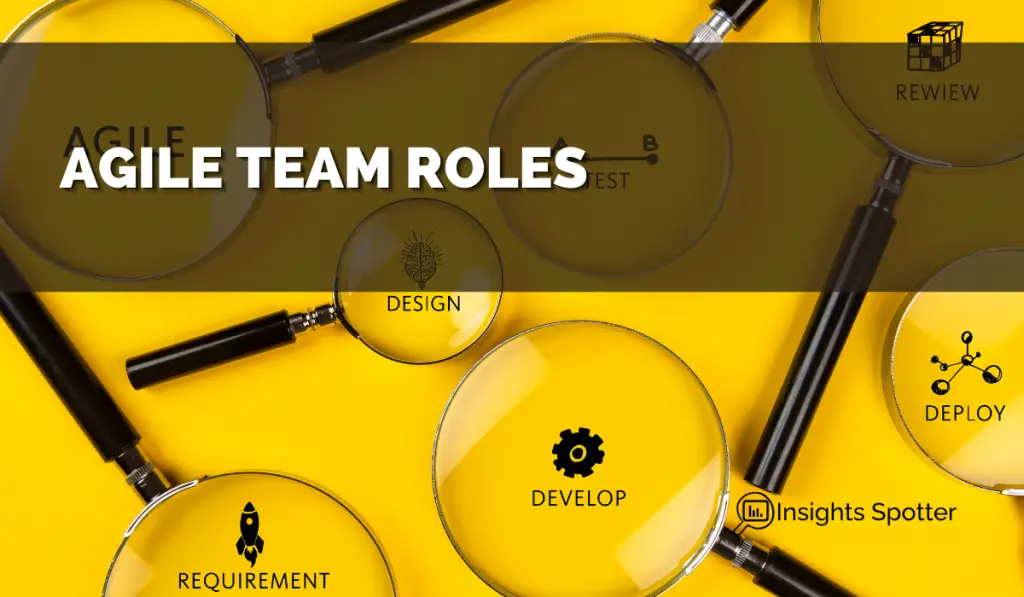
Agile Team Roles
Every Agile team is comprised of the following roles:
- Product Owner: The product owner directs the entire team to the specific goal of the project development and communicates the progress to the stakeholders.
- Team Lead: This role encompasses facilitating team members’ coordination and ensuring the completion of the tasks designated within sprints.
- Development Members: These individuals undertake the cross-functional responsibilities required to develop the product or complete the project.
- Stakeholders: These are a group of people who are not directly involved in the project development but can heavily influence the project. Stakeholders include the end-users, investors, production support staff, business partners, and executives.
SAFe and Agile: Frequently Asked Questions
1. Is SAFe Actually Agile?
SAFe is not exactly Agile, but they are closely similar. It follows the foundations of Agile, but it is adjusted and designed for larger organisations. This means that the iterative strategy is retained, but other elements are altered to fit the enterprise’s needs, such as its approach and planning strategy. SAFe projects the idea of agile in the workflow patterns and daily operations; it also keeps some traditional management processes.
Larger companies and enterprises who wish to incorporate Agile in their project management endeavours can be overwhelmed with the framework when applied in its most fundamental nature, such as Scrum, as the changes that cause strain in the organisation as a whole.
2. What Does SAFe Stand for in Agile?
SAFe stands for Scaled Agile Framework. Although it adopts the fundamentals of agile, SAFe was developed to accommodate the customers’ changing needs, specifically of enterprises and large software companies.
As the name suggests, SAFe adopts agile methodologies like Scrum, Kanban, and Lean to scale to the enterprise. This results in companies leveraging the benefits of the said companies, such as ensuring high agility in complex project management.
It was created by Dean Leffingwell and co-founded by Drew Jemilo. Presented in 2011 to introduce crucial systems modifications within multi-departmental companies, SAFe allowed large organisations to respond effectively to the changing marketing conditions.
3. Is SAFe Lean or Agile?
SAFe may be an independent approach, but it is based on Lean Agile principles. These principles, scaled to larger organisations, became the foundation for the SAFe practices, strategies, and roles.
The following are the Lean Agile principles adopted by SAFe:
- Apply systems thinking
- Take an economic view
- Assume variability and preserve options
- Build incrementally with fast and integrated learning cycles
- Base milestones on an objective evaluation of working systems
- Visualise and limit WIP, reduce batch sizes, and manage queue lengths
- Apply cadence and synchronise with cross-domain planning
- Unlock the intrinsic motivation of knowledge workers
- Decentralise decision-making
- Organise around value
4. Is SAFe Scrum or Kanban?
SAFe does not identify as a Scrum or Kanban, in general. Instead, it employs both methods to facilitate efficient workflow and project management.
For example, Kanban – a project management method employing visualisation of work management – is referenced hand-in-hand with the Agile Release Train to guarantee alignment and fast integration-based learning cycles.
On the other hand, Scrum is another application of Agile methodologies designed for smaller teams. The groundwork between Scrum and SAFe is relatively similar, except that SAFe scales to an enterprise.

5. Are There Sprints in SAFe?
Sprints are present in SAFe, but they are called iterations. These are timeboxes quantified as two to four weeks. Each iteration follows a standard timebox wherein the Agile teams opt to deliver incremental value. It could be through completing pre-determined tasks, software, systems testing, etc.
Summary
SAFe and Agile are practically on the same page, except that they are designed for different types of organisations. With that in mind, it’s easier to choose a winner between SAFe vs Agile once you understand their suitability for your organisation’s needs.
But of course, contributing to your company makes this choice easier if you have the expertise through project management training.
Subscribe to our newsletter!
 ABOUT ME
ABOUT ME
I am an experienced ex. Business & Data Analyst and now a Project Manager with multiple years of experience gained in several international companies.
These days, business problems require data crunching and telling stories to make the right decisions. Simply put, business stakeholders need insights into their projects and deliveries.
This is where I come in. I have learned and applied Python, Power BI, SQL and Excel to analyse and present data. Also, I gained experience in Project Management and Business Analysis. So, I can not only spot insights but execute business decisions. Moreover, I can teach you as well. Read More
Best Books








Latest Blog Posts
- Sustainable Project Management: Trends, Tools, & Strategies
- Unlocking Strategic Value: How NIST CSF 2.0 Shapes Project Choices for Better Outcomes
- Cybersecurity Project Management: Protecting Your Digital Frontier
- What are the Different Types of Planning in Project Management?
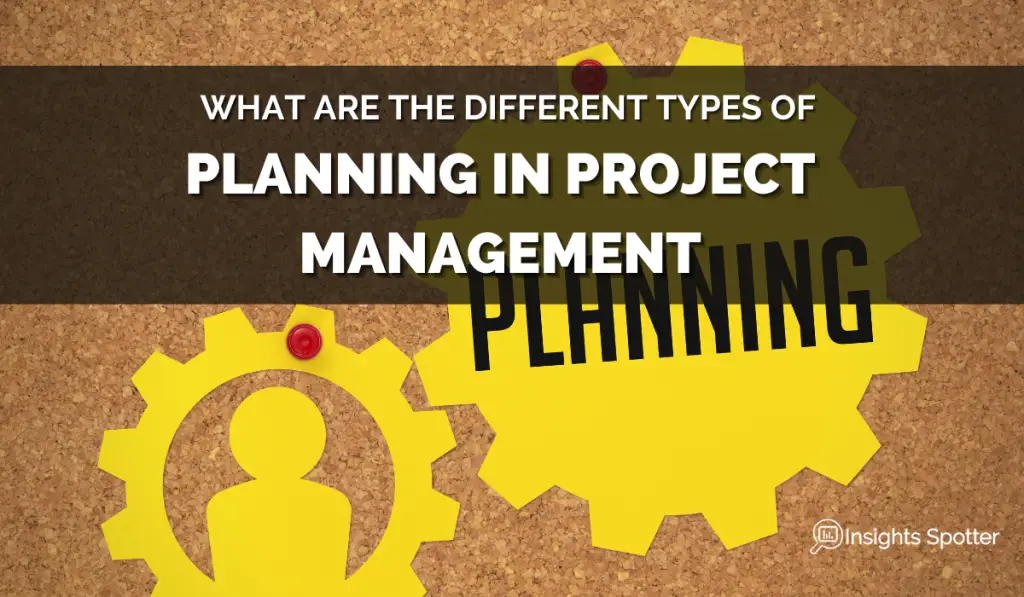
- Transforming Project Management with AI Software: Tools, Challenges, and Best Practices
- Unlocking the Benefits of AI-Powered Project Management
Need Project Manager’s Help!?
Check out the Fiverr marketplace if you do not have time to run your own projects or just need extra help. They do have multiple project professionals, including project managers. Maybe you will find just the right fit to take some burden from you. I have used Fiverr in the past. The prices are also not too bad. If you seek PM via the corporate route, it will be easily 5x the price.

